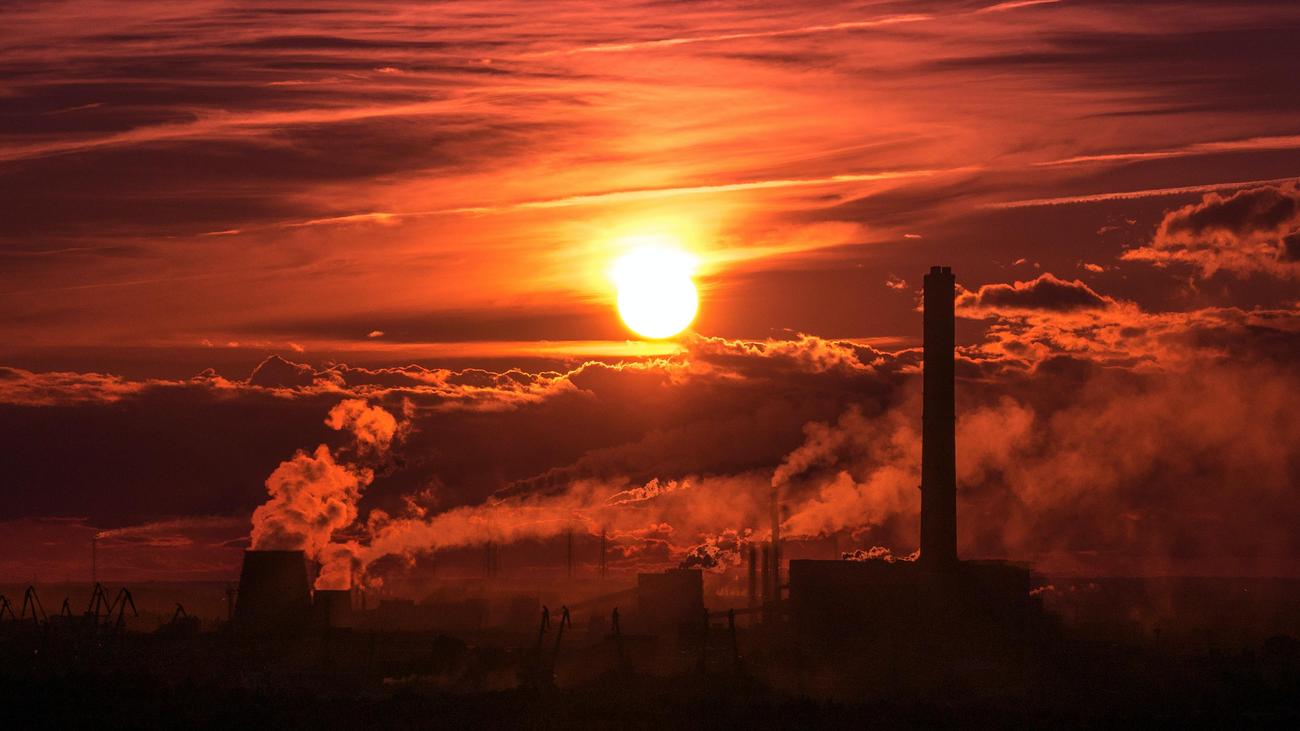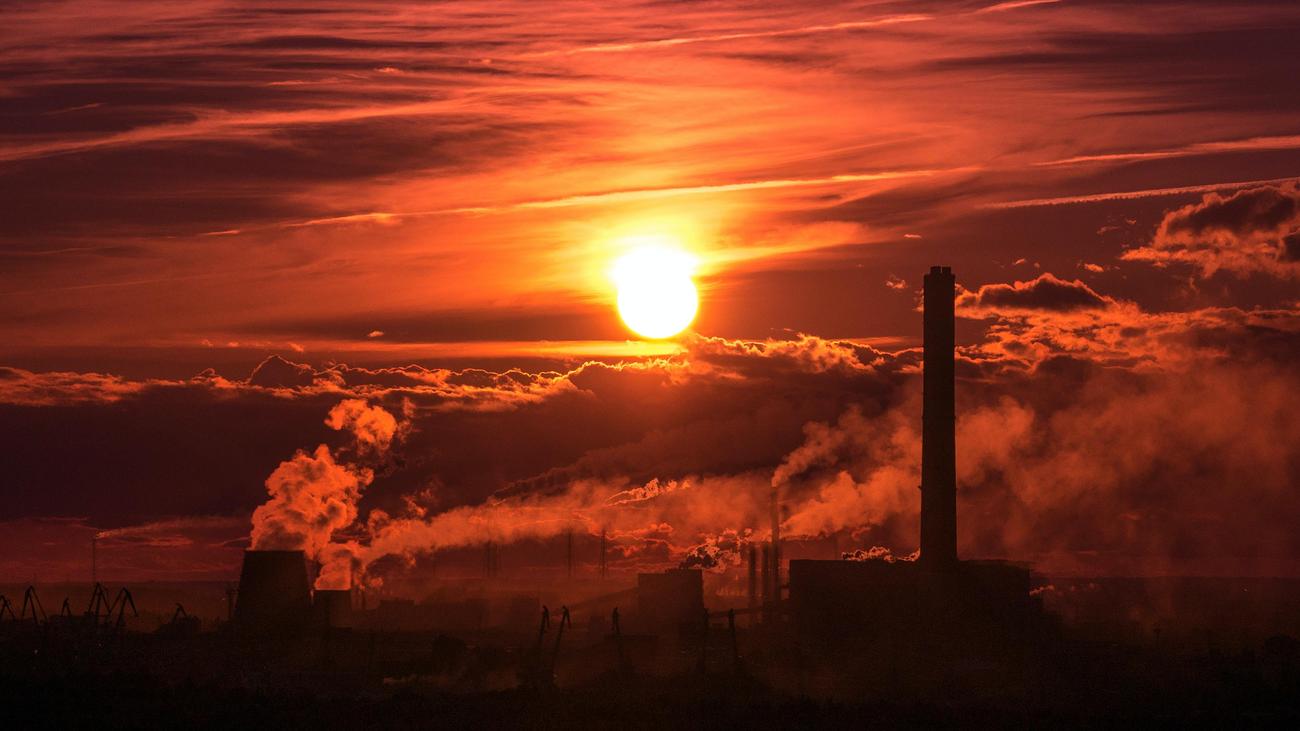Are you familiar with the hidden world of metallurgy and steel production? If not, prepare to be astounded as we unlock the secrets and delve deep into the fascinating realm of this industrial marvel. In this article, we will explore the intricate science of metallurgy and its profound significance in steel production. As we journey through the intricacies of material behavior, phase transformations, and microstructural changes, we will uncover the secrets that make steel one of the most remarkable materials known to mankind. So, buckle up and get ready to embark on an eye-opening exploration of the captivating world of metallurgy and steel production.

Metallurgy and Steel Production
Welcome to a deep dive into the fascinating world of metallurgy and steel production! As a seasoned metallurgical engineer with years of experience in the field, allow me to unlock the secrets and shed some light on the intricate processes involved in creating steel.
The Three Steps of Steelmaking
Steel production is a complex process, consisting of three main steps: primary, secondary, and tertiary steelmaking. Let’s take a closer look at each of these steps to understand the journey from raw materials to finished steel products.
In primary steelmaking, the journey begins with smelting iron into steel. This is achieved through the blast furnace, where raw materials are converted to hot molten metal, specifically liquid iron. It’s like turning raw ingredients into a flavorful soup, where the iron acts as the main ingredient, giving it its distinct characteristics and properties.
Once we have the liquid iron, we move on to secondary steelmaking. Here, we have the opportunity to add or remove other elements and dissolved gases to fine-tune the steel’s properties. It’s akin to adding seasonings and spices to our soup to enhance the flavor. This step allows us to create different steel alloys with specific characteristics, such as increased strength, improved corrosion resistance, or enhanced weldability.
Finally, we enter tertiary steelmaking, where the liquid steel is cast into various forms such as sheets, rolls, or other shapes. It’s the equivalent of molding our soup into different types of bowls or adding more ingredients to create unique dishes. This step gives us the flexibility to produce steel products tailored to specific applications, whether it’s for construction, automotive manufacturing, or even the production of household appliances.
Unveiling the Secrets of Metallurgy
Now that we have a high-level understanding of the steelmaking process, let’s delve into the intriguing world of metallurgy. Metallurgy encompasses the science and technology of metals, including the production of metals and the engineering of metal structures. It’s like the key to unlocking the hidden potential of steel, allowing us to manipulate its properties and maximize its performance.
150 years ago, the field of metallurgy witnessed a groundbreaking invention: the Bessemer process. This marked the advent of modern steelmaking, enabling the mass production of steel at an affordable cost and spurring economic growth. It’s like discovering a secret recipe that transforms ordinary ingredients into a staple dish, fueling progress and innovation.
Metallurgy involves the transfer and transformation of material and energy at different levels, structures, and scales. It’s like orchestrating a symphony, where various elements come together harmoniously to create beautiful music. By manipulating the microstructure and controlling the phase transformations within the steel, metallurgists can optimize its strength, durability, and overall performance.
Striving for Sustainability in Steel Production
In today’s world, sustainability is a critical concern across industries, including steel production. As we strive to reduce carbon emissions and minimize our environmental footprint, new approaches and technologies are emerging.
One such strategy involves using electric arc furnaces instead of traditional blast furnaces. Electric arc furnaces utilize electricity to melt recycled steel, reducing the reliance on coal and significantly lowering carbon emissions. It’s like plugging in our soup pot to an electric stove, harnessing cleaner energy sources to achieve our desired results.
Another promising development in steel production is the application of hydrogen metallurgy. By employing hydrogen as a reduction agent instead of carbon, we can drastically reduce CO2 emissions. It’s like swapping out a heavy ingredient in our recipe for a lighter, more environmentally friendly alternative. Hydrogen metallurgy has the potential to revolutionize steel production, making it more sustainable and reducing our impact on the planet.
Enhancing Sustainability Through Steel Powder Metallurgy
To further improve the sustainability of structural metals, including steel, we can turn to an innovative technique called steel powder metallurgy. This process involves shaping metal powders into the desired form and then compacting and sintering them to create a solid metal object. It’s like building a structure with interlocking Lego blocks, ensuring efficient use of materials and minimizing waste.
Steel powder metallurgy offers several advantages, such as enhanced energy and material efficiency. By using powders, we can minimize material loss during shaping and achieve precise control over the alloy composition. It’s like having a perfectly measured recipe, where every ingredient contributes to the final result.
Embracing the Future of Steel Production
As we embark on a journey towards a more sustainable future, the field of metallurgy and steel production continues to evolve. By harnessing the power of technology, exploring alternative processes, and pushing the boundaries of material science, we can unlock endless possibilities.
Remember, steel production is not just about creating a versatile and durable material; it’s about shaping the world around us. From the towering skyscrapers that define city skylines to the backbone of transportation systems, steel plays a crucial role in our everyday lives.
So, the next time you come across a sturdy steel structure or marvel at a sleek steel appliance, remember the secrets and expertise that went into its creation – a seamless blend of metallurgy, innovation, and human ingenuity.
“Metallurgy holds the key to unlocking the full potential of steel, transforming it into a remarkable material that shapes our world.”
To understand the intricate process of steel manufacturing, one must delve into the intriguing world of metallurgy. Ever wondered how is steel made? Brace yourself for a captivating journey that will unravel the secrets behind this versatile and sturdy material.
Curiosity piqued? Click here to discover the inner workings of steel production and satisfy your inquisitive mind: How Is Steel Made.
Now, steelmaking is a complex and fascinating process that involves a series of carefully orchestrated steps. From the extraction of iron ore to the transformation into molten steel, every stage requires precision and expertise. So, if you’re ready to embark on an enlightening adventure, join us on this enthralling exploration of steelmaking.
But wait, there’s more! As we delve deeper, we’ll uncover the remarkable properties of steel and explore its myriad applications. So, don’t miss out on the opportunity to expand your knowledge and click on our informative guide: How Is Steel Made.
Remember, steel is all around us, shaping the world in ways we often overlook. By understanding the process behind its creation, we can truly appreciate the engineering marvels and industrial advancements that rely on this remarkable material. So, let’s dive into the fascinating world of steel production and satisfy our curiosity together: How Is Steel Made.
FAQ
Q: What are the different steps involved in modern steelmaking?
A: Modern steelmaking processes can be divided into three steps: primary, secondary, and tertiary. Primary steelmaking involves smelting iron into steel, while secondary steelmaking involves adding or removing other elements and dissolved gases. Tertiary steelmaking involves casting the steel into sheets, rolls, or other forms.
Q: How does the production of steel begin?
A: The production of steel begins in the blast furnace, where raw materials are converted to hot molten metal-liquid iron.
Q: What is metallurgy?
A: Metallurgy encompasses the science and technology of metals, including the production of metals and the engineering of metal structures.
Q: When was modern steelmaking developed?
A: Modern steelmaking was developed 150 years ago with the invention of the Bessemer process, resulting in affordable mass production of steel and sustaining economic growth.
Q: What are some strategies for reducing carbon emissions in steel production?
A: Some strategies for reducing carbon emissions in steel production include using electric arc furnaces and applying hydrogen as a reduction agent instead of carbon.
- Unveiling Bernhard Caesar Einstein’s Scientific Achievements: A Legacy in Engineering - July 15, 2025
- Uncover who is Jerry McSorley: CEO, Family Man, Business Success Story - July 15, 2025
- Discover Bernhard Caesar Einstein’s Scientific Contributions: Unveiling a Legacy Beyond Einstein - July 15, 2025















